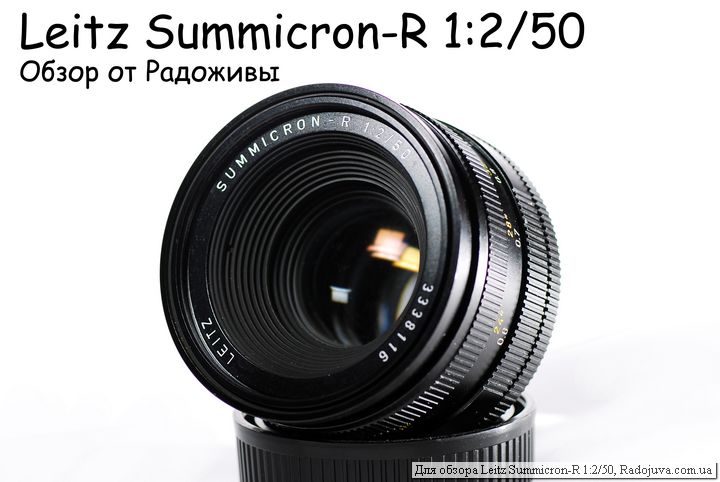

"The tried and well-proven optical design of this lens Leica calls it, "A venerable standard at the top of its form." They go on to state: It weighs 65 grams less than its predecessor. Second and third groups being cemented pairs. This fourth generation modified Gauss design uses six elements in four groups, with the Time using computer assisted lens design, which was a technology pioneered by In 1979 the 50mm f/2 Summicron-M was again updated, this To weigh 260 grams, 25 grams lighter than the previous version. In conjunction with the reduced number of glass elements, allowed the new lens The lens barrel was machined from black anodized aluminum, which By taking advantage of new optical glasses, the number ofĮlements was reduced to six in five groups, with the second group being theĬemented pair.

Lightweight,Ĭompact M-series lenses have always been a priority and the new design made Modified Gauss design, but included significant improvements. The third generation 50mm f/2 Summicron-M, introduced in 1969, remained a Lens by which all "standard" lenses for 35mm cameras are judged to this day. The 50mm f/2 Summicron quickly became renownedįor its performance and through its successive design updates it has remained the Exceptionally good aberrationĬorrection, minimal vignetting, high contrast and excellent center resolution became hallmarks of Leica 50mm f/2 Summicron lenses. Both the collapsible and rigidĮarly Summicrons were built with chrome plated brass lens barrels. The optical formula remained exactly the same and this second generationĥ0mm f/2 Summicron was produced until 1968. Lens to be collapsed for carrying, a popular feature of thread mount Leica lenses.īy 1957 the collapsible Summicron was discontinued in favor of fixed mount 50mm f/2 Summicron-M, which had been introduced inġ956. It was produced with a telescoping lens barrel that allowed the Gauss design using seven elements in six groups the fifth group being theĬemented pair. The first generation 50mm f/2's optical formula was a modified Introduced in 1954, it was accompanied by the 50mm f/2 Summicron in M bayonet When the first Leica M-series camera, the M3, was The Leica 50mm f/2 Summicron lens was introduced for Leica Illustration courtesy of Leica Camera AG.


 0 kommentar(er)
0 kommentar(er)
